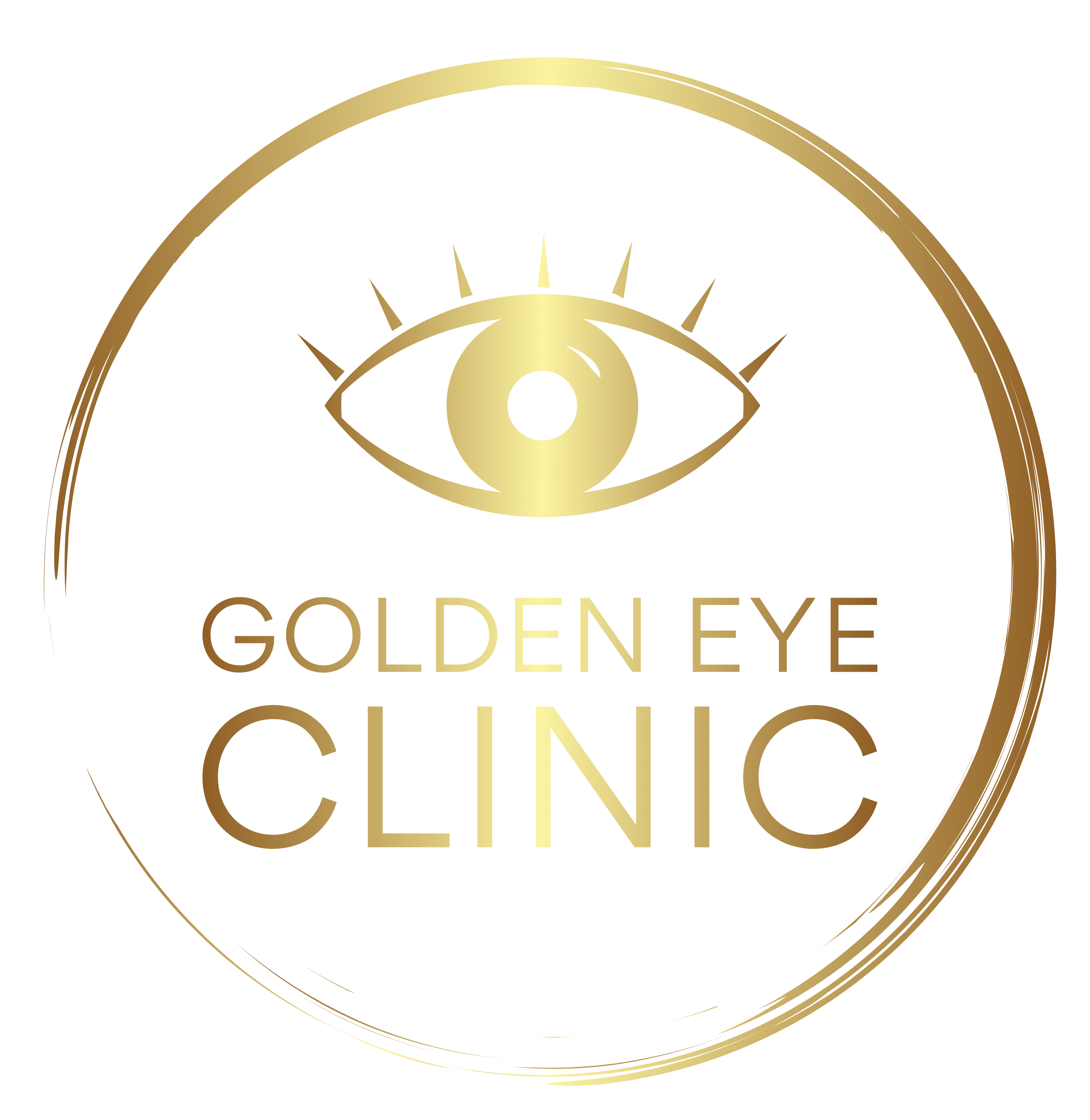
Dry Eye Syndrome is a chronic condition affecting millions of people worldwide. It occurs when your eyes do not produce enough tears or the quality of your tears is inadequate, leading to irritation, discomfort, and vision problems. If left untreated, dry eye can affect your quality of life and even cause long-term damage to the eye's surface.
Below, our Center eye care team at Golden Eye Clinic explores what causes dry eye, the common symptoms, and effective treatments for lasting relief.
Understanding Dry Eye Syndrome
Dry Eye Syndrome happens when there’s an imbalance in the tear film, which is responsible for keeping your eyes lubricated and protected. The tear film consists of three layers—oil, water, and mucus. Any disruption in these layers can lead to excessive tear evaporation or insufficient tear production, leaving your eyes feeling dry, irritated, and inflamed.
What Causes Dry Eye?
Several factors contribute to the development of Dry Eye Syndrome. These include:
- Age: Tear production decreases naturally as you get older, making age a common risk factor for dry eye.
- Environmental conditions: Dry air, wind, and long periods spent in air-conditioned environments can accelerate tear evaporation, causing dryness.
- Medications: Drugs like antihistamines, antidepressants, and blood pressure medications can interfere with tear production.
- Health conditions: Diseases like diabetes, rheumatoid arthritis, and thyroid disorders can lead to dry eye.
- Wearing contact lenses: Prolonged contact lens use can disrupt the tear film, leading to dry eye symptoms.
- Hormonal changes: Women going through menopause are at higher risk of developing dry eyes due to hormonal fluctuations.
Common Symptoms of Dry Eye Syndrome
Dry Eye Syndrome can present a range of symptoms, some of which may worsen throughout the day. Common signs include:
- A stinging, burning, or gritty sensation in the eyes
- Redness and irritation
- Blurry vision, especially after prolonged screen time
- Sensitivity to light
- Difficulty wearing contact lenses
- Excessive tearing as a response to dry conditions
If these symptoms persist, it’s essential to seek professional care for proper diagnosis and management.
Common Treatment and Prevention Options for Dry Eyes
While Dry Eye Syndrome can be uncomfortable, several treatment options can provide relief and manage symptoms effectively. Here are some of the most common methods:
Artificial Tears
Artificial tears are one of the most accessible treatments for dry eyes. These lubricating drops mimic natural tears, helping to restore moisture to the eye’s surface. Our experienced eye care team can prescribe specialized artificial tears if necessary.
Warm Compresses and Lid Hygiene
Applying warm compresses to your eyes can help open clogged tear glands and improve tear quality, particularly if your dry eyes are caused by a condition like Meibomian gland dysfunction (MGD). Regular eyelid hygiene, including gentle cleaning of the eyelid margins, can also help keep your tear glands functioning properly.
Punctal Plugs
Punctal plugs are tiny devices that are inserted into the tear ducts to block tear drainage. By keeping the tears on the surface of the eye longer, punctal plugs can provide longer-lasting relief for patients with severe dry eye. This procedure is quick and relatively painless, often providing significant improvement in comfort.
Environmental Adjustments
Making small changes to your environment can also help manage dry eye symptoms. Using a humidifier, avoiding direct air from fans or vents, and taking regular breaks from screens can reduce strain on your eyes. These dry eye care tips are simple yet effective in reducing tear evaporation and preventing further irritation.
Omega-3 Supplements
Studies suggest that taking omega-3 fatty acid supplements can improve the quality of your tears by reducing inflammation in the tear glands. Including foods rich in omega-3, like fish or flaxseed, in your diet may also help relieve symptoms over time.
Long-Term Solutions for Dry Eye Relief
Dry Eye Syndrome is a chronic condition with no cure, but with the wide variety of treatment options available today, relief is within reach. Whether you’re experiencing mild discomfort or more severe symptoms, consulting with your eye care provider in Center will help you find the best long-term solutions for managing and treating your dry eyes.
